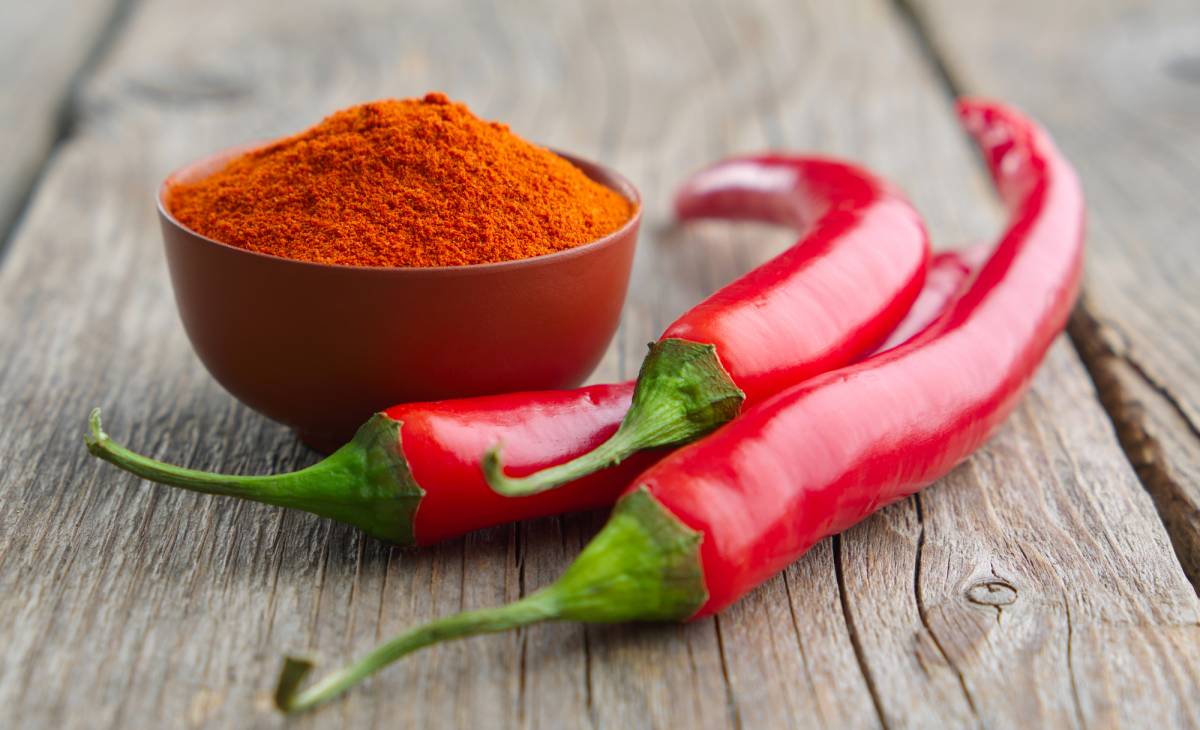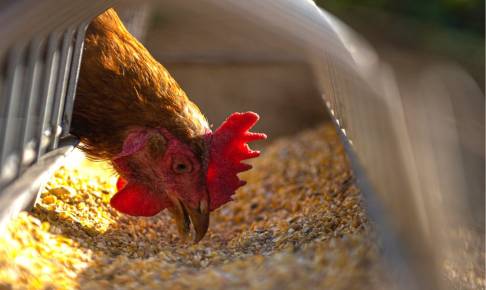India: new study on mycotic contamination and aflatoxin potential of molds in chili and chili powder
One of the widely consumed spices in South India is chili (Capsicum annuum). Due to its inherent, eco-physiological factors with nutritional characteristics, it favors the growth of molds, during harvest and postharvest processing, and it has been identified as one of the food products with the highest aflatoxin contamination. The presence of fungi, along with the occurrence of mycotoxins in the chili available at the market, poses a serious threat to the consuming population.
A study was conducted in the markets of Kerala, Tamil Nadu, Karnataka, and Andhra Pradesh to assess the mycotic impact on the quality of dried red chili and chili powder.
Out of 32 samples collected, 8 samples were contaminated with Aspergillus spp. Green mold contamination ranged between 15.71-39.75×103 cfu/g in the samples. By using SEM examination, morphological characteristics of the isolates were analyzed, and the molecular characterization confirmed that 5 isolates were of A. flavus.
The presence of total aflatoxin of the 5 isolates was investigated and the aflatoxigenicity was found in all five isolates. All the isolates were tested positive for aflatoxin B1, ranging between 0.22-555.11 ppb. Three isolates were tested positive for Aflatoxin B2, while aflatoxin G1 was detected in one isolate at 0.19 ppb. Aflatoxin G2 was not detected in any of the isolates.
Researchers conclude that only with GAP (Good Agricultural Practices) and post-harvest practices the incidence and contamination of mycotoxin synthetized by molds can be reduced, and also opined that further investigation is needed to explore the methods to reduce the mycotoxin contamination level. As a single A. flavus may produce a variety of aflatoxins, there is a need for effective methods to eliminate molds and mycotoxins from food items.
Source:
https://www.sciencedirect.com/science/article/abs/pii/S0041010122000496






















